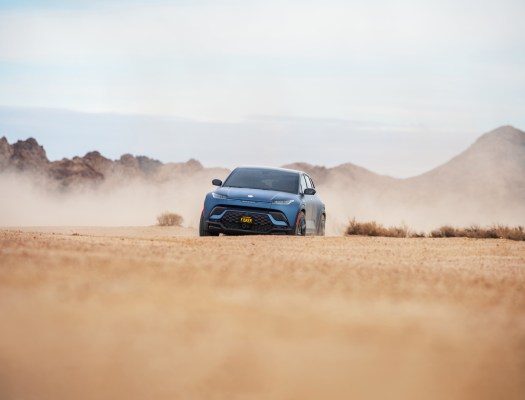EV upstart Fisker produced 1,022 Ocean SUVs in the second quarter, falling short of its own expectations by several hundred vehicles.
Fisker had expected to produce between 1,400 and 1,700 EVs. The company blamed the shortfall on a shortage of components from its sub-suppliers. Fisker said it’s working with all suppliers to ramp to the required volumes.
Fisker’s missed production target sent shares lower in pre-market trading. However, shares have since rebounded and are now up more than 4% to $6.01.
The company reported that it surpassed its targeted assembly rate of 80 units per day at the end of June and expects vehicles produced to exceed 1,400 in early July.
Fisker, which went public via a merger with a special purpose acquisition company, also said it’s investing in additional battery pack capacity. The California-based automaker said it was increasing capacity to “protect the compressed manufacturing timeline” in 2023 and to help support higher volumes next year.
Supply chain shortages have been a near constant problem for automakers since the COVID-19 pandemic. However, most legacy automakers and even newer entrants like Rivian have seen improvements in the supply chain, and in turn, have ramped up production and deliveries.
Fisker is among the newest to the EV automotive sector with its first deliveries occurring in Denmark in May. The first U.S. deliveries began in June.
Supply chain issues and other delays can be a death knell for the numerous cash-strapped EV startups that have tried to break into the market in the past several years. Lordstown Motors, Canoo, Arrival and Faraday Future are just a few examples of EV SPACs that have struggled to stay afloat.
Fisker has so far managed to avoid the most serious issues that have plagued its newcomer brethren. And it’s already seeking other markets to bring in that much needed revenue. Fisker is gearing up to enter the Chinese market, where competition is increasingly cut-throat. The company plans to open a delivery center in China this year and commence deliveries of the Ocean SUV. It also aims to start manufacturing in China as early as 2024 with the potential to add 75,000 Ocean SUVs to its production capacity.
